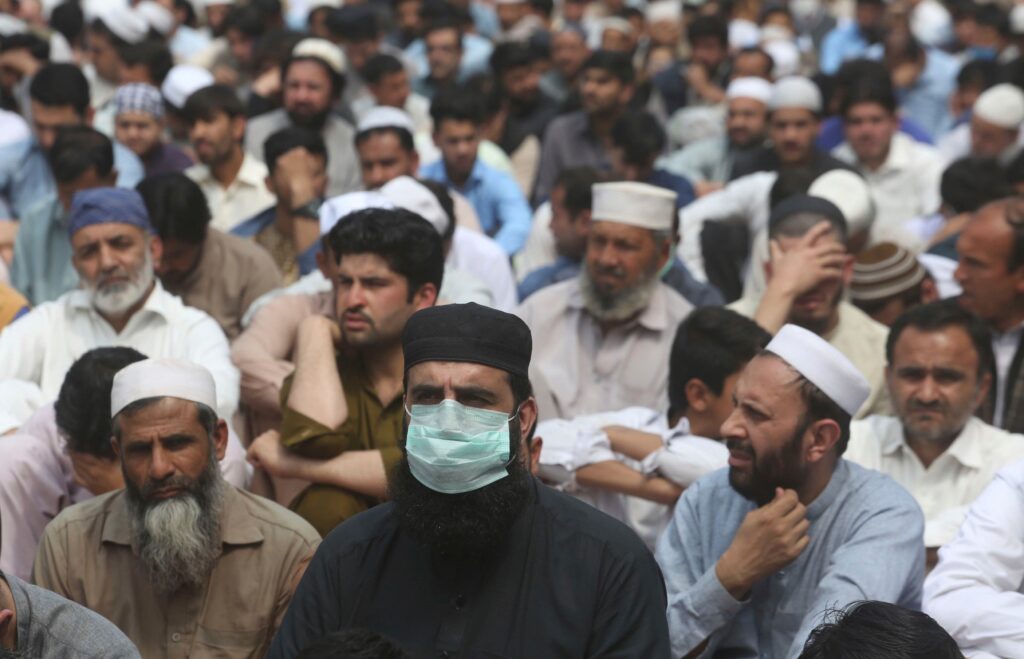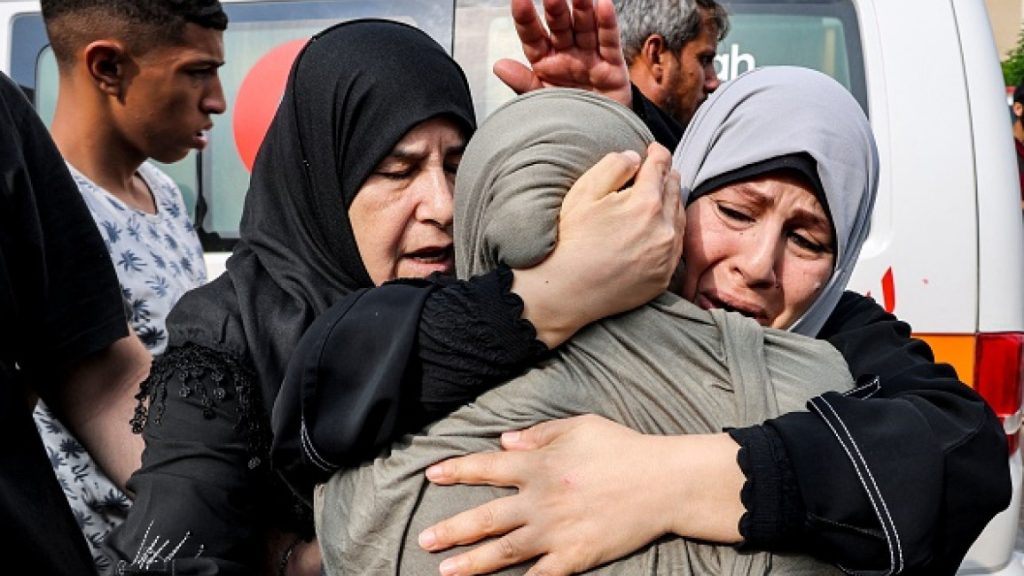Coronavirus (2019-nCoV) allegedly started from the Wuhan animal market in China on 16 November 2019 according to South China Morning Post. Then it quickly spread all over the world. At present, USA, Brazil, China and India are the most affected countries by COVID-19. No doubt, China has technically and scientifically fought this pandemic in a much better way than other countries of the world. Even though COVID vaccines, especially by American multinational pharmaceutical company (Pfizer) and many others are nearing mass production, the pandemic has created many challenges for South Asian countries. Here is how the pandemic has impacted Pakistan.
Economy
COVID-19 has severely affected Pakistan’s economy. Since the arrival of Covid-19, economic growth has taken a turn for the worse, pushing economies into a global recession. Micro and medium-sized enterprises are the major victims of this pandemic in Pakistan. Various businesses are facing different issues with varying degrees of loss.
Particularly, enterprises are facing a variety of problems such as a decrease in demand, supply chain disruptions, cancelation of export orders, raw material shortage, and transportation disruptions, among others. Nevertheless, it is quite clear that enterprises around the globe are experiencing the significant impact of the COVID-19 outbreak on their businesses.
Micro-level businesses are the backbone of many economies worldwide, providing income and employment to a large number of people around the globe. Similarly, in the case of Pakistan, these businesses are crucial for the economy. About 3.2 million such businesses are contributing 40% to GDP and 40% to exports. On 2 April 2020, the Federal Government shared the initial assessment that total losses to the economy could be as high as Rs 2.5 trillion, reported The News.
COVID-19 also became the major cause of unemployment in Pakistan. Most of the informal sector, which accommodates about 27.3 million employees, is now suffering a sudden increase in unemployment. Firms that are continuously facing a loss are now nearing closure forced to fire their employees.
Moreover, livelihood opportunities for daily wage workers have been squeezed. Not only have small and medium enterprises and traders been badly hit but the closure of large industries, ports, airports, and transportation services has also compressed and jammed the wheel of Pakistan’s economy.
Additionally, this cut down in economic activity has scaled down the consumption of petroleum products thus resulting in the closure of refineries globally due to which Pakistan’s petroleum trade is immensely impacted.
Education
Pakistan is suffering a great loss in its education sector since the pandemic began. While access to education was already a problem in Pakistan – 22.8 million of Pakistan’s over 70 million children are out of school – the coronavirus outbreak has exposed its intense technological inequities. Over 50 million school and university-going Pakistanis now risk falling behind, says Umbreen Arif, a top education advisor for Pakistan’s central government.
In Pakistan, about 300,000 schools have been closed since March due to the coronavirus outbreak. Following Govt’s orders, school administrations have shifted classes to an online mode of learning. Teachers who are living in urban cities and towns have the facilities of internet and smartphones. Similarly, students of these areas can access the internet and continue their studies through digital platforms and applications.
On the other hand, this e-learning hurts the students and teachers of rural areas. Wi-Fi issues, resource allocation, lack of electronics, are all problems affecting rural students with little or no access to the necessities that go along with online school and college courses. For example, students of Govt. schools are major victims of the pandemic. Another example is students living in exurban areas of Sindh, as well as of hilly areas of KP, GB, and Balochistan, where there is no mobile phone service, are waiting for a miracle which will make it easy for them to study online. Due to tensions on the LOC between India and Pakistan, students of AJK do not have internet. Online mode of learning has put a financial burden on parents as well as they have to arrange gadgets for all of their children.
All this has adverse impacts on the psychology of people and they are getting depressed.
Religion
Religious activities in Pakistan are badly affected by COVID-19. At the start of this pandemic, the govt. imposed lockdown on Mosques and Sunday Schools.
The Govt. banned all kinds of religious and social gatherings. Madrassas got closed and when mosques were reopened, the govt. strictly ordered to maintain a social distance of 6 feet during congregations.
Sports
Due to COVID-19 , all sports activities were banned in Pakistan. When the pandemic hit, Pakistan Super League season 5 was going on, but it was postponed. The last few matches were rescheduled to November with no crowd attendance. Similarly, Pakistan Premier League (PPL) 2020 was canceled and not organized by Pakistan Football Federation due to COVID-19.
Pakistani city Sialkot is famous for producing finest quality sports goods. Markets of Sialkot are littered with millions of footballs, hockey sticks, bats and other sports-related goods. Pakistan annually earns $1 billion from exports of sports goods, which includes $350-$500 million from footballs alone. Its famous “thermos-bonded” soccer balls were used in the 2018 World Cup in Russia. The country’s sports industry, according to exporters, has seen a 70% decline in new orders over the past three months. Hundreds of orders from Europe, South America and far Asia were canceled due to the COVID-19 lockdown across the globe. It is observed that the country’s exports of sports goods reduced to $700-$800 million due to lockdown restrictions. According to Husnain Cheema, a former president of the Pakistan Sports Goods Association, around 25% of workers in the sports industry have lost their jobs during the lockdown period.
Tourism
Pakistan’s domestic tourism industry is another victim of this pandemic. After an extensive battle against terrorism, the domestic tourism industry was restored. The majority of countries that declared Pakistan as a terrorist state started declaring it as a peaceful and best holiday destination. Pakistan topped Forbes and Conde Nast Traveler’s list of best holiday destinations for 2020. Even Balochistan and Waziristan received special attention from the tourists and famous vloggers.
Unfortunately, by the end of Jan 2020, when the pandemic changed the whole world, the World Tourism Organization (UNWTO) has alerted that “the COVID-19 pandemic could lead to a loss of $300-500 billion in tourism receipts globally”.
Due to COVID-19, public transport in Pakistan got banned. Domestic as well as international flights were disallowed. Closure of markets, public places, parks, big bazaars, and shopping malls added fuel to fire. In major cities, many hotels were transformed into quarantine centers. Dine-in was banned and only home delivery and take away were allowed.
In Pakistan, most of the people living in Northern areas earn from tourism and rely only on tourist spending. But this pandemic left those areas desolated and they are suffering.
It was all about COVID-19’s first wave and Pakistan suffered a lot. While the public and the Govt. are struggling to recover from the initial wave, the second spell of COVID-19 cases is expected that this wave will be even more lethal. May Allah protect us all from this disease.





Thanks for sharing nice information
all information in this website about covid 19 is very important we know best pharmticuls company for madicns at visionpharmapk